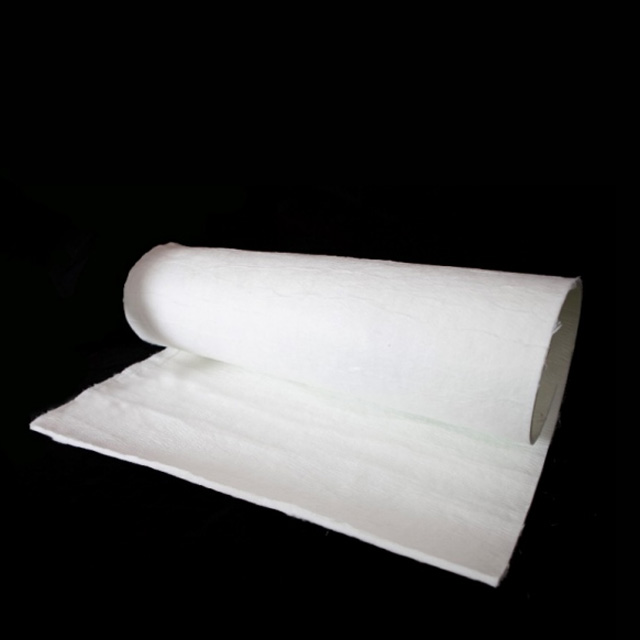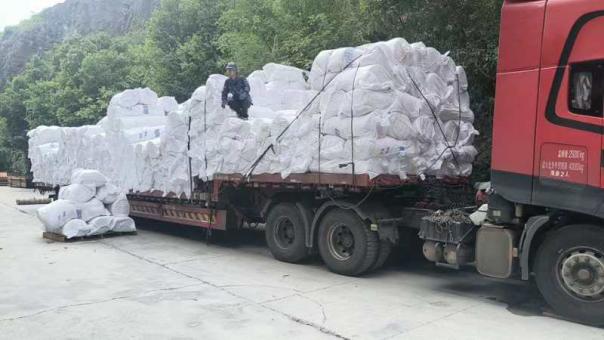Ceramic fiber modules are advanced insulation solutions designed to meet the demanding requirements of high-temperature industrial applications. These modules are engineered to provide superior thermal insulation, reduce heat loss, and enhance energy efficiency, making them indispensable in various sectors.
What are Ceramic Fiber Modules?
Ceramic fiber modules are prefabricated units made from high-quality ceramic fiber blankets. These blankets are folded or stitched into specific shapes and sizes, often reinforced with anchors or other accessories to ensure stability and durability. They are designed for quick and efficient installation in industrial furnaces, kilns, and other high-temperature equipment.
Key Properties
Ceramic fiber modules possess several properties that make them ideal for high-temperature applications:
- Low Thermal Conductivity: Significantly reduces heat transfer, leading to lower energy consumption.
- Lightweight Construction: Easier to handle and install compared to traditional materials like refractory bricks.
- Quick Response: Due to their low thermal mass, they heat up and cool down quickly, which is essential for applications requiring short heating cycles.
- Thermal Shock Resistance: Can withstand rapid temperature changes without cracking.
- Flexibility: Can be easily cut and shaped to fit irregular spaces, providing customized insulation solutions.
- Chemical Resistance: Resistant to most chemicals, acids, and alkalis, making them suitable for harsh industrial environments.
- Vibration Resistance: Suitable for applications with high vibration due to their secure anchoring methods.
Applications
Ceramic fiber modules are widely used across various industries due to their exceptional thermal insulation properties. Some key applications include:
- Furnace Linings: Used in high-temperature industrial furnaces to maintain consistent temperatures and reduce heat loss.
- Kilns and Ovens: Employed in kilns and ovens in the ceramics and glass industries for optimal heat retention.
- Boilers and Heaters: Used in boilers and other heating equipment to improve energy efficiency.
- Waste Gas Recovery Systems: Essential in combustion chambers and waste gas recovery systems to maximize energy efficiency.
Types of Ceramic Fiber Modules
There are several types of ceramic fiber modules, each tailored to specific applications:
- Slicing Block (Flat Surface): Flat, stackable modules ideal for heating and cracking furnaces in the petrochemical industry.
- Folded Block: Designed to fit irregular spaces, suitable for annealing and roller hearth furnaces.
- Module with Anchors: Prefabricated with anchor systems for quick installation in soaking and homogenizing furnaces.
- Anchor-Loc® and Anchor-Loc2®: Advanced modules with folded or laminated construction, offering ease of installation and high thermal efficiency.
- Pyro-Bloc: Heavy-duty modules with various mounting options, suitable for different furnace types.
- Custom Modules: Tailored to meet unique operational requirements, ensuring optimal performance.
Conclusion
Ceramic fiber modules are essential for industries seeking to improve thermal efficiency and heat management in high-temperature applications. With their superior insulation properties, ease of installation, and adaptability, these modules offer a reliable and efficient solution for various industrial needs. Whether for furnace linings, kilns, or waste gas recovery systems, ceramic fiber modules can significantly enhance operational efficiency and reduce energy consumption.



